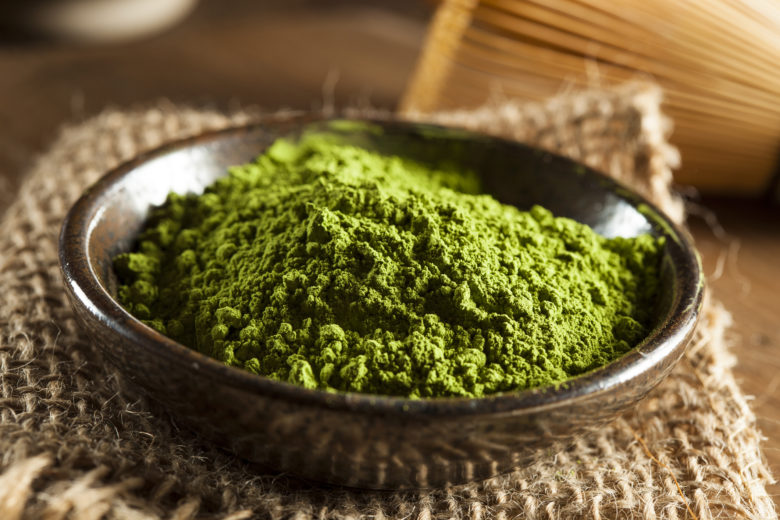
After travels in China during the 12th century, Japanese Buddhist monk Eisai brought home green tea and the knowledge of how to grind its leaves into a powder to create what is known as matcha. Eisai, a Zen practitioner, drank matcha for both medicinal and meditative benefits.
Matcha is traditionally used as a ceremonial Japanese tea. In an elaborate ritual, matcha is blended with hot water using a bamboo whisk that has been carefully cleansed. The custom of drinking tea may encourage a sense of calm and focus, and evidence now supports that green tea also may boost mental alertness due to its caffeine content. Like other green teas, matcha also may help reduce the risk of certain cancers, coronary artery disease and other conditions, though more research is needed to confirm these effects.
Matcha is no longer confined to the chawan, a Japanese drinking bowl. It can be found around the globe in lattes, smoothies and as an ingredient in sweet and savory recipes. Online purveyors and specialty stores sell the green tea powder throughout the world.
With an earthy, vegetal taste, matcha’s flavor intensity and quality vary based on how it is produced. From inexpensive blends of low-grade matcha powder with added sugar and milk solids to pricey organic high-grade matcha in online specialty shops, quality determines cost and availability.
Like all “true” teas, which excludes herbal teas, matcha comes from the Camellia sinensis plant. For matcha, pre-harvest shading intensifies the concentrations of theanine and catechins in the tea leaves before they are picked, steamed, air-dried and stone-ground into bright green powder. Because the entire leaf is dissolved in water versus the more common steep and sip preparation, a cup of pure matcha is potent — and it shows. Scientists discovered that the epigallocatechin gallate (EGCG) concentration in matcha is at least three times higher than other green teas. EGCG is a polyphenol studied for its potential anti-cancer and anti-viral properties.
Matcha was originally produced only in Japan in small batches. To meet global demand, the powder is now produced in parts of China and may not follow the traditional production methods. Purity and quality are key concerns. The International Standards Organization’s tea subcommittee has started to explore setting a standard of identity for matcha and other green tea powders to determine what can be called matcha versus “matcha-style,” for example. As the tea craze continues to draw fans around the globe, exploring the history of matcha is a reminder to pause and enjoy this beautiful green tea with mindfulness and intent.








